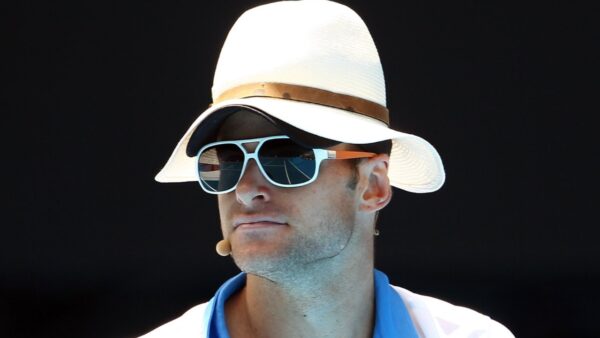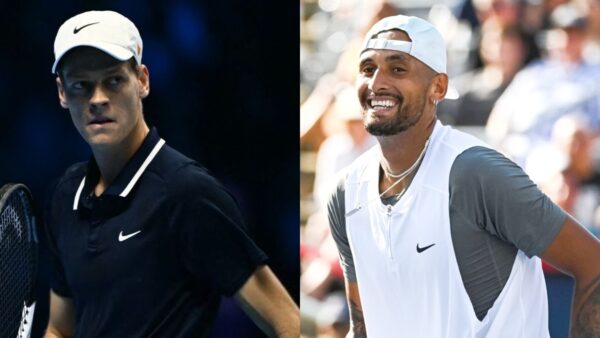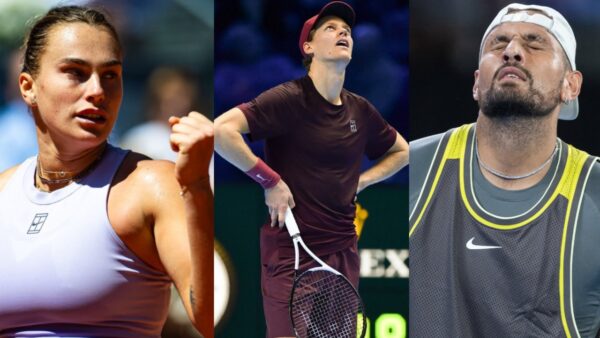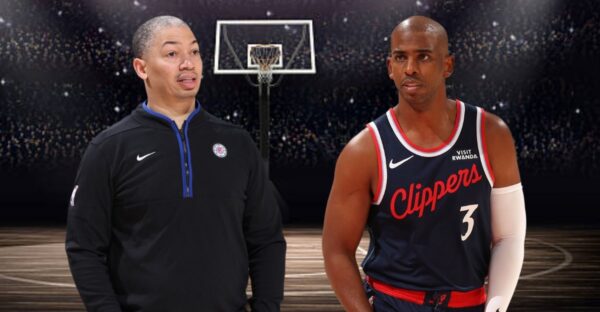Which driver has the fastest reaction time in F1?
Reaction times are crucial not only for performance but also the safety of F1 drivers.

Pierre Gasly testing his reaction time before a race
🔍 Explore this post with:
Formula 1 drivers are considered some of the greatest athletes on the planet. From the race start to the chequered flag, F1 drivers must tackle some of the fastest cars around tight and twisty circuits. Reaction times become a major factor as drivers are just a second away from calamity. Moreover, drivers must be able to avoid any collision on track in the blink of an eye.
The reaction time matters the most during a race start. As the five lights go out, the driver who gets off the line first gets an advantage against their rivals. However, this is a rather intricate act. If drivers leave the slot too early, they might be found guilty of a jump start. Valtteri Bottas has previously had some great race starts in F1. So much so, Sebastian Vettel even accused the Finn of jumping the start at the 2017 Austrian GP.
F1 drivers are often seen practicing their reaction times before the start of the race. Pierre Gasly‘s videos of using tennis balls went viral on the internet. This ability of drivers is often regarded as something superhuman and is appreciated greatly by millions of fans as it is one of the most important skills for any F1 driver.
Discover: What gas is in F1 wheels?
Importance of reaction time in F1
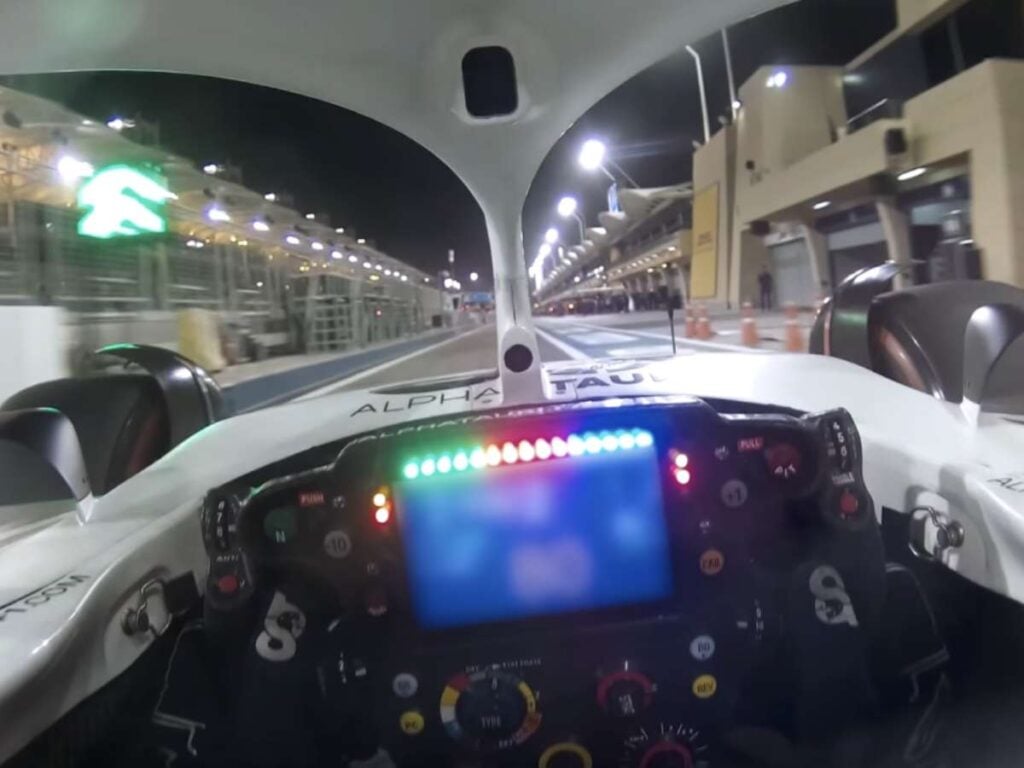
The reaction time is a deciding factor in any driver’s race in F1. A fast reaction time allows a driver to start right when the five red lights go out, allowing them to jump over rivals into turn 1. A driver can also lap quicker with a faster reaction time as they race at 200mph. This also allows for a safer race as drivers must react to an incident in front in milliseconds.
Moreover, a quicker reaction time further establishes hand-eye coordination. This is essential for anyone racing at the pinnacle of motorsport. Further allowing drivers to be at the limit throughout a GP. A quicker time facilities a driver to utilize opportunities to overtake a car ahead or even for defending against the car behind.
How do F1 drivers improve their reaction time?

Formula 1 drivers spend the winter break building their physical strength for the upcoming season. An important aspect of this training is to improve reaction time. This is achieved by working on the hand-eye coordination of the driver. The Batak reaction test is used to determine a driver’s ability to see, process, and react to visible information. This is done by using a Batak reaction board.
In the reaction board, certain light buttons glow randomly, and the driver must press on the lit ones as soon as possible. Usually, 30 to 60 seconds are provided for one test to see how many buttons can be pressed by the driver in that time. 2009 F1 world champion Jenson Button holds the Guinness world record for this test as the former McLaren driver extinguished 58 light buttons in just 30 seconds.
Another innovation to enhance reaction time is the Blazepod system which comes with a phone app and has responsive flashing lights. This system has a similar approach to the Batak board but on a smaller scale. This enables this system to be used by drivers in their team’s hospitality or garages. It is believed that Alex Albon was one of the early adopters of the Blazepod in F1. However, this tech is used by thousands of athletes across the world in different arenas.
F1 Race start reaction time

Of course, the main aim of an F1 driver to improve their reaction time is for better starts. The start of a driver essentially sets the done for the entire race. A lackluster start might force the driver into the back of the field. At the same time, a jump start might become dangerous for the driver and the rest of the grid. Pastor Maldonado’s jump start in the 2012 Belgian GP caused a massive pile-up.
When it comes to perfect race starts, Valtteri Bottas is far ahead of his rivals as the Finnish driver has consistently maintained a remarkable streak of quick reactions. The 2019 Japanese GP saw Bottas have a reaction time of just 0.04 seconds. This is one of the quickest reaction times in the history of the sport. Valtteri has often benefitted from such starts in his career.
On the other hand, other drivers too are definitely quick when it comes to starts. Charles Leclerc had a reaction time of just 0.41 seconds at the 2023 Saudi Arabian GP. A staggering effort by the Monegasque driver. Drivers such as Carlos Sainz and Lando Norris have produced even better starts in the past, as the former teammates went off the line in 0.28 and 0.38 seconds, respectively.
F1 drivers playing the reaction game
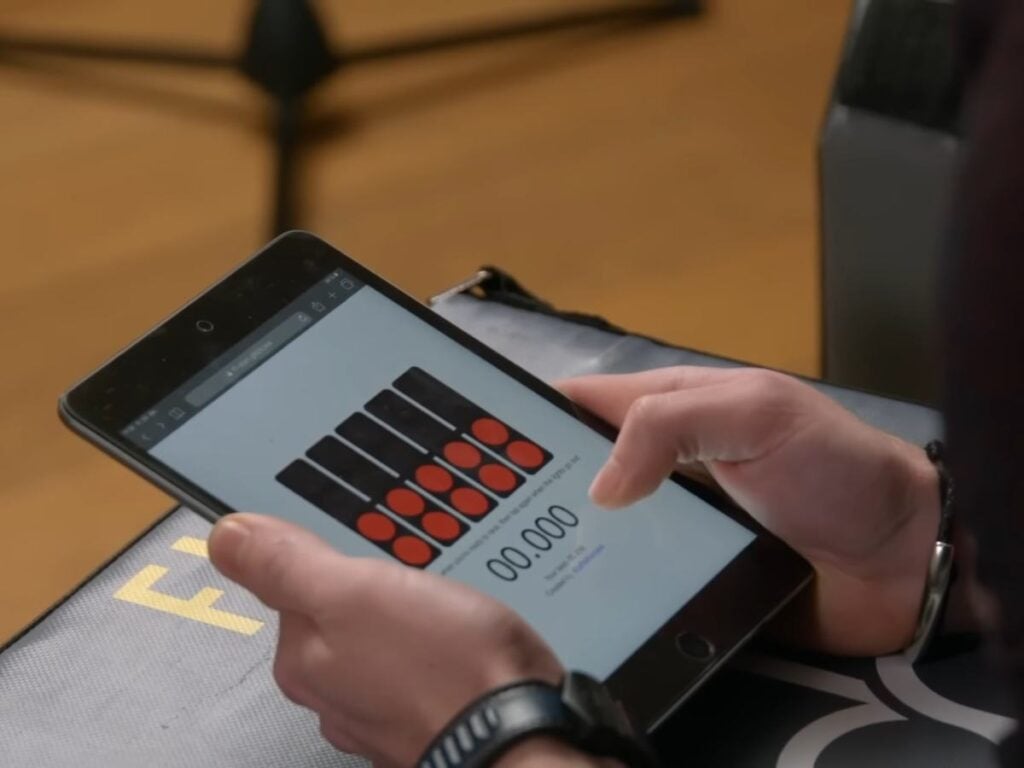
A reaction game was developed to provide the fans with the chance to beat their favorite driver’s reaction time. Several drivers have got their hands on this game in a bid to brag their time over their peers. It is no surprise that the competitiveness of F1 drivers carries over to this rather simple game. The game mimics the five red lights, and the user must tap on the screen when the lights go out.
In a video done by Red Bull a couple of years ago, then-Red Bull drivers Max Verstappen, Alex Albon, Pierre Gasly, and Daniil Kvyat had a shot at this reaction time test. Kvyat almost came out on top after achieving a 0.000 timing. Although this was not taken into account, considering the possibility of a glitch. The Russian’s final time was 0.266 seconds. This was followed by Albon with 0.256 seconds and Gasly with 0.243 seconds. The Frenchman took 2 tries in this game.
Max Verstappen came out on top as the two-time world champion got a time of 0.227 seconds. This is an improvement since the last time Verstappen tried this game a few years ago with wtf1. When the Dutchman got 0.231 seconds as his reaction time, at that time, Verstappen led closely to Romain Grosjean, who had a tie of 0.234 seconds. Fernando Alonso was the slowest on that occasion, with 0.285. The rest of the drivers were closely matched.
List of reaction times of F1 drivers
| Driver | Time |
| Max Verstappen | 0.227 |
| Romain Grosjean | 0.234 |
| Pierre Gasly | 0.243 |
| Marcus Ericsson | 0.245 |
| Sergio Perez | 0.246 |
| Alex Albon | 0.256 |
| Pascal Wehrlein | 0.262 |
| Daniil Kvyat | 0.266 |
| Fernando Alonso | 0.285 |
Thus, reaction times play a major role in the life of F1 drivers. It is not only significant for drivers to gain an edge during a race but also ensures safety. Reaction times are a focal point in any driver’s training as they work extensively to be in their physical prime. Innovation has allowed for newer techniques to improve the reactions of drivers as they push themselves to the limit.
In case you missed it:

